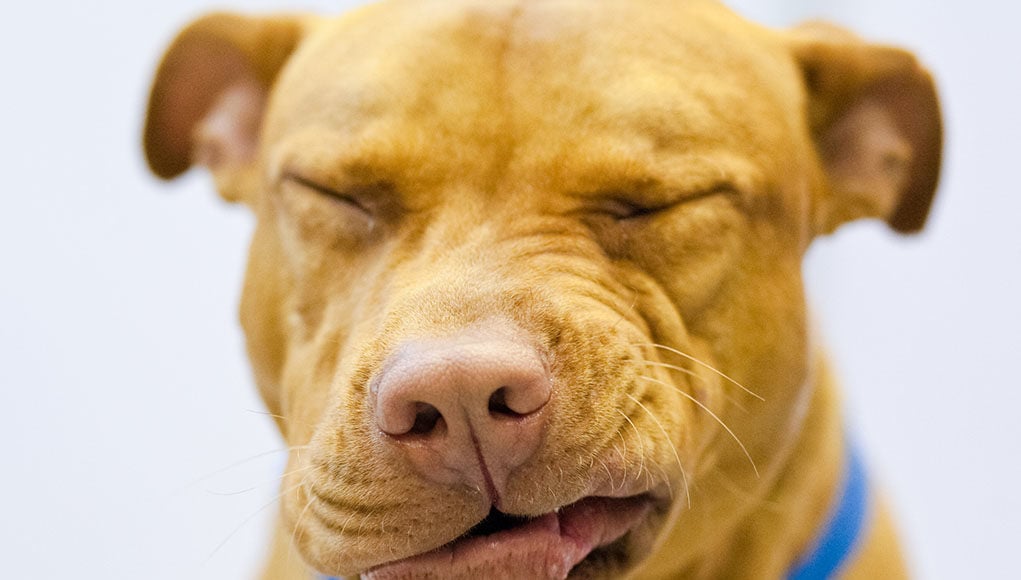Table of Contents
I remember when I was little, my Mom's yorkie, Mia was having a reverse sneezing episode I panicked.
She looked like she had difficulty breathing, but that wasn't the case.
And after 30 seconds of waiting to see if she was going to die before my eyes, she stopped and carried on like it was completely normal.
“What just happened?” I thought.
“Was my Mom's dog's throat closing up? Was that abnormal breathing normal? Did my Mom's dog almost die?”
All these thoughts swarmed in my head. It wasn't until later in life when I had my own dog that I learned what happened with her dog was a reverse sneeze.
Reverse sneezing is a common respiratory condition in dogs.
Mainly caused by irritation or inflammation of the nasal, pharyngeal, or sinus passages.
In this article, we will discuss what causes reverse sneezing, how to diagnose it, and how to help your dog when they have an episode.
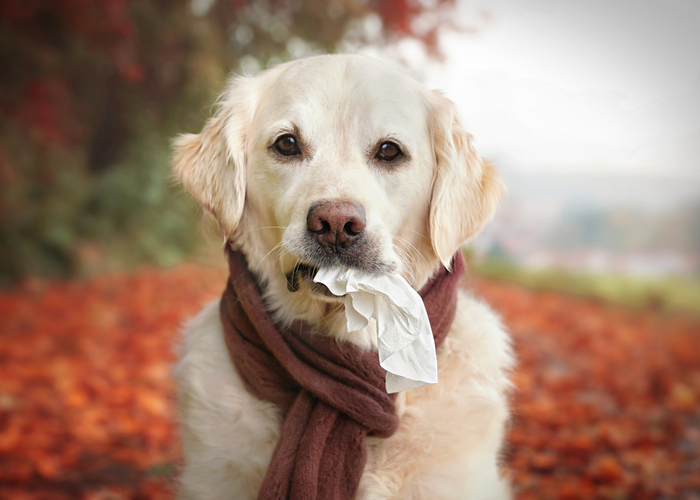
What Is Reverse Sneezing in Dogs?
Reverse sneezing is also known as inspiratory paroxysmal respiration. It isn't like regular sneezing.
It occurs if a dog's soft palate is irritated, thus, causing the soft palate to spasm and a temporary narrowing of the trachea.
The soft palate is the muscular area at the back of the roof of the mouth that assists with vocalization, swallowing, and breathing.
The dog will try to extend its neck and expand its chest to breathe, but the narrowed trachea inhibits the dog from breathing air.
However, the dog will try to forcefully inhale through its nose, which causes the dog to sneeze backward.
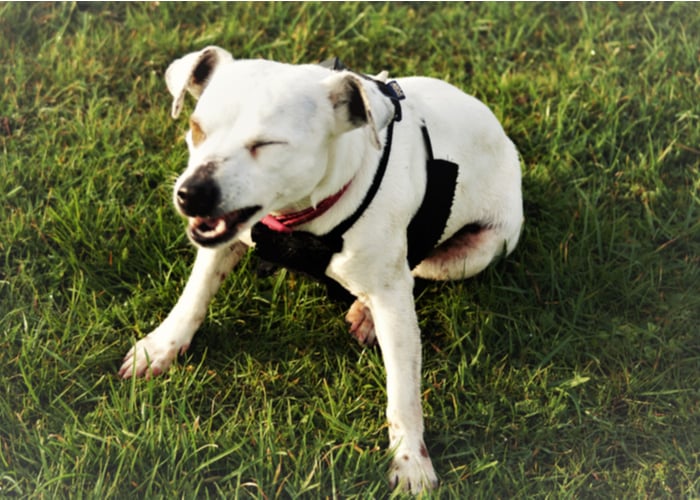
What Causes Reverse sneezing in dogs?
A reverse sneezing episode can be triggered by any irritant in the dog's nose or in the air.
A regular sneeze helps release irritants in the nasal cavity.
And a cough expels irritants located down the trachea.
A reverse sneeze is their body's way of releasing irritants in the nasopharynx or soft palate.
The direct cause is unknown, but any of the following irritants can trigger a reverse sneeze:
- Nasal mites
- Pollen in the air
- New freshly cut grass
- Smoke
- A mass or nasal tumors
- A genetic disorder like an elongated soft palate (short snout or brachycephalic breeds)
- Certain secretions or nasal discharge caused by the dog's own nose
- Plants they are allergic to
- Dogs that have narrow nasal passages or long snouts
- Perfume
- Cleaning household products
- Air fresheners
- Overexcitement
- Pulling on the leash with attached collar
- Exercise intolerance
- Eating
- Drinking
- Foreign objects in the throat
Now everything I just listed doesn't automatically cause reverse sneezing episodes, but they can all be a contributing factor.
If you think your dog has nasal mites, excessive nasal discharge, or a nasal tumor, you need to reach out to your vet and bring your dog in.
These are more serious conditions and need to be treated with veterinarian intervention.
Diagnosing Reverse Sneezing in Dogs?
Diagnosing a reverse sneeze involves observing a dog based on its appearance and sounds during an attack.
The veterinarian will recommend diagnostic tests to rule out conditions such as infections, parasites, or underlying illnesses.
Standard diagnostic tests include nasal swabs, x-rays, allergy testing, and overall health check, e.g., bloodwork.
What Does It Sound Like?
Reverse sneezing sounds like inhaling sneezes, and it's a loud snorting sound, the same as a goose honking.
How Long A Reverse Sneezing Episode Last?
A dog's reverse sneezing typically lasts for 30 seconds or less. Sometimes, it may take a minute or two.
Although longer durations occur, it's rare for a dog to have two episodes in 24 hours. If this happens to your dog, you may report it to your veterinarian.
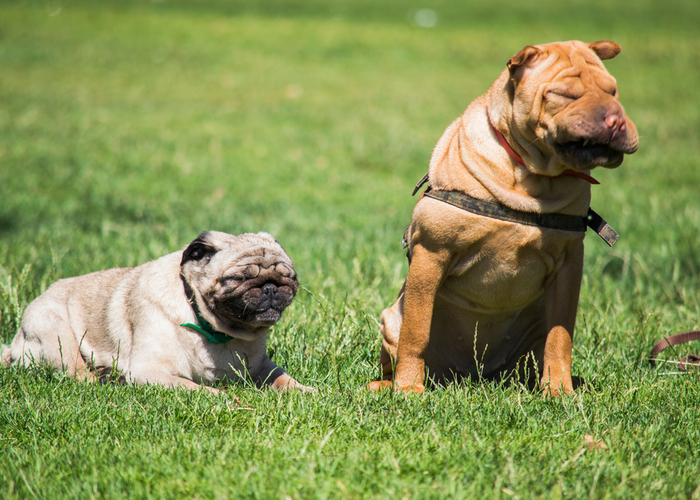
What Happens During Reverse Sneezing?
During a reverse sneeze, a dog will exhibit these actions:
- Standing still
- Extends head and neck
- Produce a loud snorting sound
Reverse sneezing is different from a tracheal collapse, producing a loud honking sound.
Tracheal collapse is more severe than reverse sneezing.
When to Worry?
Although it appears your dog is having trouble breathing, they most likely will return to normal after several seconds.
Reverse sneezing is not a harmful condition, and as long as the extent of them is occasional episodes here and there, you have nothing to worry about.
But if it becomes frequent, schedule an appointment with a veterinarian.
There could be other underlying illnesses your dog might have, and for whatever reason this is one of the respiratory symptoms they are showing.
Some respiratory illnesses can spread to other pets if not adequately attended to. It can become life-threatening.
Veterinarians commonly diagnose pets with the following breath-related concerns:
- Asthma
- Upper respiratory infections
- Brachycephalic syndrome
- Collapsing trachea
- Heart disease
Vets will also recommend having your pet undergo diagnostic testing such as bloodwork or radiographs to know what causes the problem.
Treatment for Reverse Sneezing in Dogs
There's no necessary treatment or medication for reverse sneezing because the spasm is over once the sneezing stops.
Also, there are ways you can help your dog to stop the spasm:
- Pick your dog and change his position. Either head up or head down to help shift the soft palate.
- Let your dog swallow and clear the irritation by massaging his throat or blocking his nostrils.
- Distracting your dog with food or toy
- Pressing down his tongue to make him take a mouthful of breath, and this will open up the back of his nose.
In more severe cases, vets will likely perform chest x-rays and rhinoscopy to look for abnormalities.
If this is your dog, they may require medication like an anti-histamine or nasal decongestant.
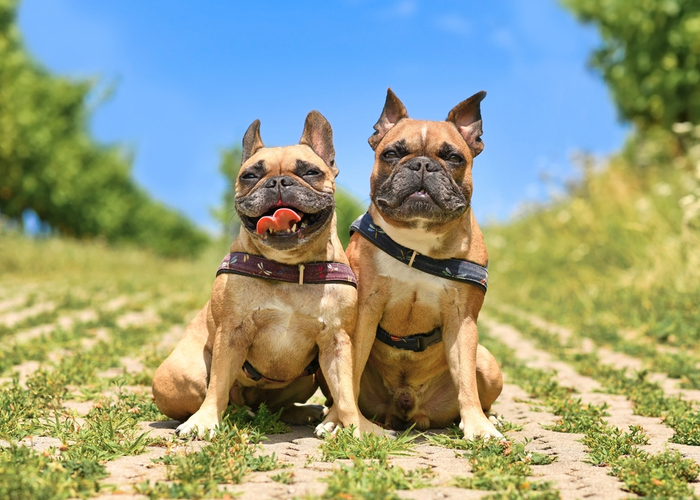
Dog Breeds That Are Prone to Reverse Sneezing
Reverse sneezing can happen with any dog.
However, it's more common in Brachycephalic dog breeds.
In alphabetical order, Brachycephalic dog breeds include:
- Affenpinschers
- American Bulldogs
- Boston Terriers
- Boxers
- Brasileiros
- Brussels Griffons
- Bullmastiffs
- Cane Corsos
- Cavalier King Charles Spaniels
- Chow Chows
- Dogos Argentinos
- Dogues de Bordeaux
- English Bulldogs
- English Toy Spaniels
- French Bulldogs
- Japanese Chins
- Lhasa Apsos
- Mastiffs
- Neapolitan Mastiffs
- Newfoundlands
- Pekingese
- Pugs
- Shar Pei
- Shih Tzu
- Staffordshire Bull Terriers
- Tibetan Spaniels
Is Reverse Sneezing Harmful to Dogs: Bottom Line
A reverse sneeze for most dogs, as it is not harmful.
Usually, it occurs for less than a minute. Afterward, dogs will return to their normal activities.
If your dog develops reverse sneezing, it's always best to have it consulted with a veterinarian.
Some symptoms that may lead to asthma, heart disease, and tracheal collapse include:
- Frequent wheezing
- Consistent cough
- Labored breathing
- Panting
- Open-mouth breathing
- Lethargy
- Pale or blue gums
- No interest in exercise
If dogs reverse sneeze more often, this may require a general anesthetic and a small flexible scope.
In some cases, vets might trim the soft palate if it's too long.


